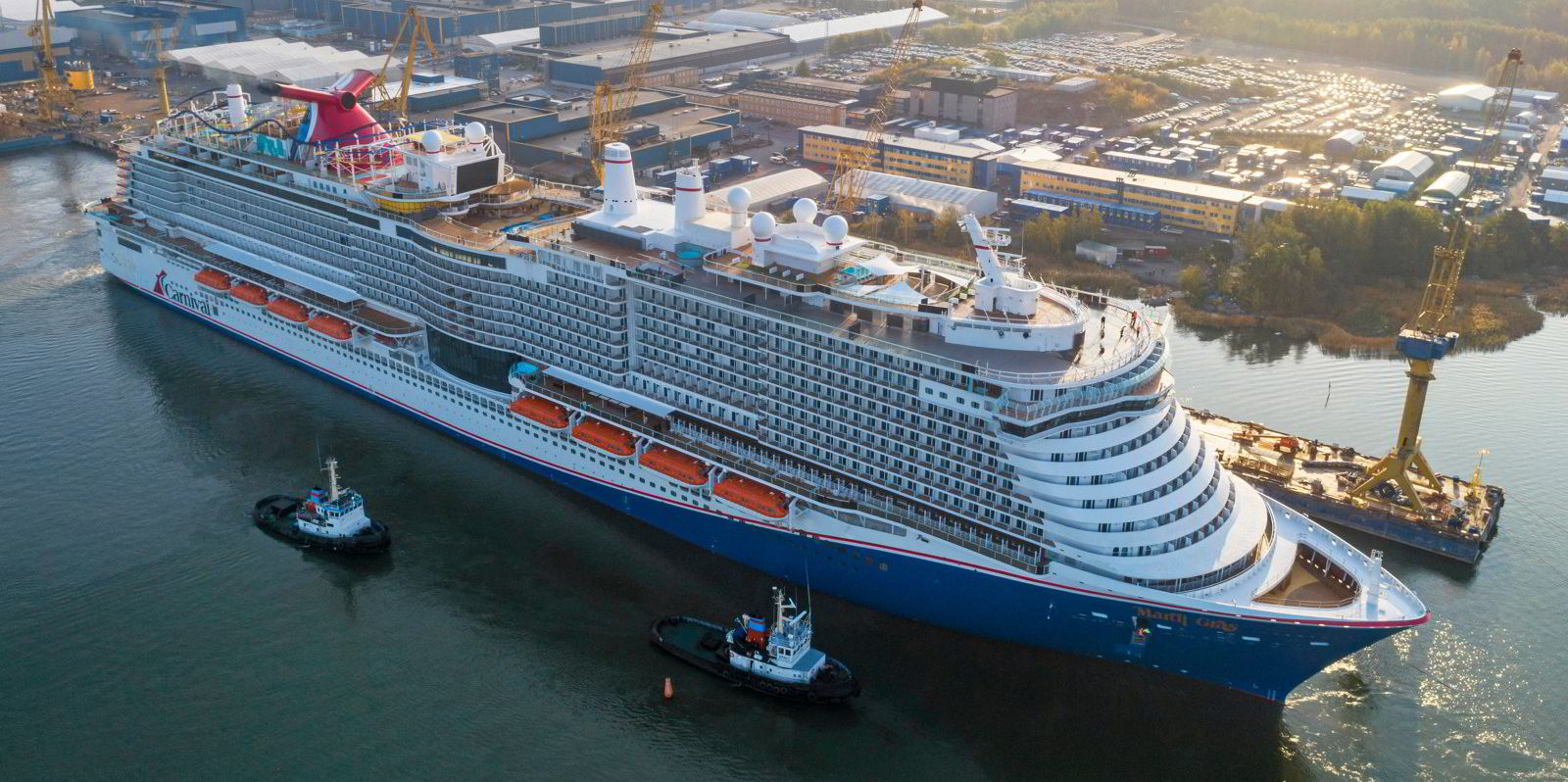The global pandemic has proved to be a positive shot in the arm for container shipping and the grim new Omicron variant could yet provide a further boost.
Yet the outlook for wider shipping markets remains highly uncertain as scientists try to work out just how dangerous is this new Covid strain.
Stock and commodity markets recovered some of their poise this past week with a rally on 7 December.
Investors were also boosted by Chinese efforts to stimulate its slowing economy and fears of an early US central bank rate hike fading.
Concerns about the potential danger Omicron poses to business prospects has deeply unhinged stock markets and oil prices over the past couple of weeks.
The International Monetary Fund (IMF) has predicted it would be cutting its own global economic growth estimates.
“A new variant that may spread very rapidly can dent confidence, and in that sense we are likely to see some downgrades,” IMF managing director Kristalina Georgieva told a Reuters conference on 3 December.
The last IMF forecast released in October saw the global economy growing by 5.9% in 2021, falling to 4.9% in 2022 and down to 3.3% “over the medium term”.
Risk and consequences
The World Health Organization warned late last month that Omicron posed a “very high risk” with “severe consequences”.
That triggered a Black Friday equity sell-off that hit shipping stocks particularly hard on the New York and Oslo exchanges.
The container sector was less heavily impacted than dry bulk, tanker and certainly cruiseship stocks, especially in Asia where South Korean and Taiwanese liner operators recorded major gains.
Cruise companies such as Carnival Corp have since seen their stock values remain at close to 12-month lows and tanker shares such as Frontline remain in the doldrums.

By contrast, AP Moller-Maersk's shares on 7 December were riding high — up 60% on the past 12 months and close to a five-year peak.
Judah Levine, analyst at the Freightos digital cargo booking platform, is one of several analysts who has predicted Omicron will likely benefit boxships further.
“High rates and congestion are ultimately results of the consumer spending shift from services to goods that began early in the pandemic” and Omicron “has the potential to push the shift back to spending on services even further away”.
The peak season of shipping goods from Asia to North America ahead of Christmas may be over and this has brought a slight decline in container freight rates.
But the cost of transpacific transport remains historically high and there are few willing to bet that port congestion and capacity shortages will ease soon.
This is good news for container operators but there are still plenty of concerns stemming from Omicron, not least around the movement of seafarers.
Heavy-handed restrictions
Dozens of countries have already introduced new travel restrictions and the International Chamber of Shipping (ICS) is warning of fragmented and heavy-handed restrictions on industry employees.
“Our transport workers have worked tirelessly for the past two years throughout the pandemic to keep the global supply chain moving, and they are at breaking point,” said ICS secretary general Guy Platten, as he pleaded for freedom of movement for seafarers as essential workers.
Covid-19 had caused serious problems for crews being stuck on board ships but the situation appeared to be easing fast. The most recent data from the Neptune Declaration Crew Change Indicator at the start of December showed the number of seafarers working beyond the expiry of contracts had fallen to around 4.7% from over 7% as recently as November.
At the height of the crew-change crisis in 2020, it was estimated that as many as 400,000 seafarers were stranded on their vessels beyond shift agreements.
Any new slowing of economic activity as predicted by the IMF will also do little to help the recently recovered dry bulk and still recovering tanker markets.
Rising crude exports from Opec oil producing countries and the US over the last quarter had created extra demand for the global VLCC fleet but Omicron will surely cut future refinery runs.
Shipping analytics platform Vortexa believes that some clean tanker owners could benefit as the new variant spreads through Europe, leaving more people working at home and turning on their heating.
Containers look set fair but as Poten’s Erik Broekhuizen said about tankers and which could be applied to shipping more broadly: “This is not a good time to be a prognosticator.”





